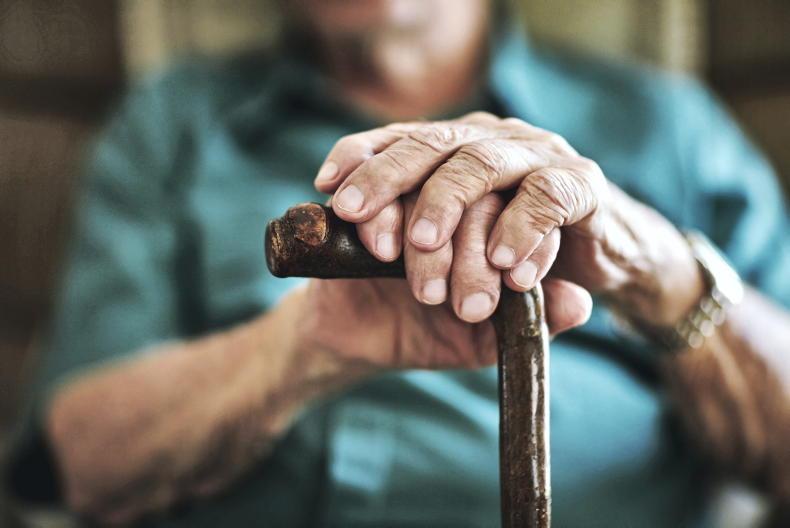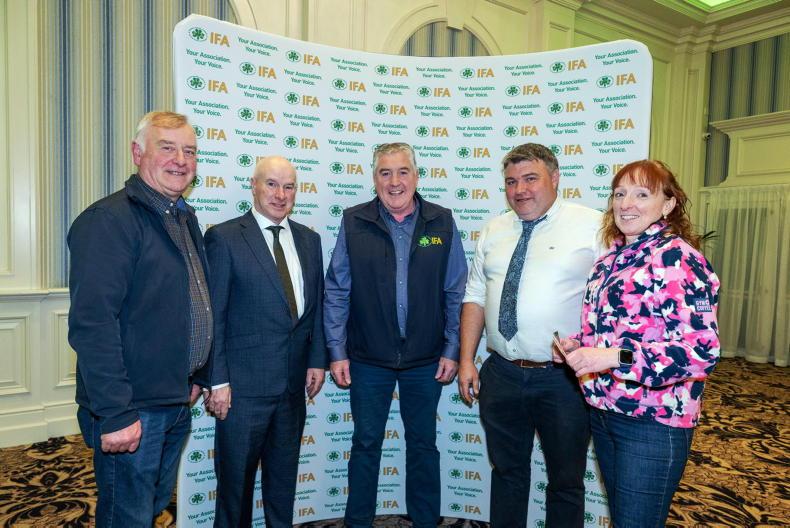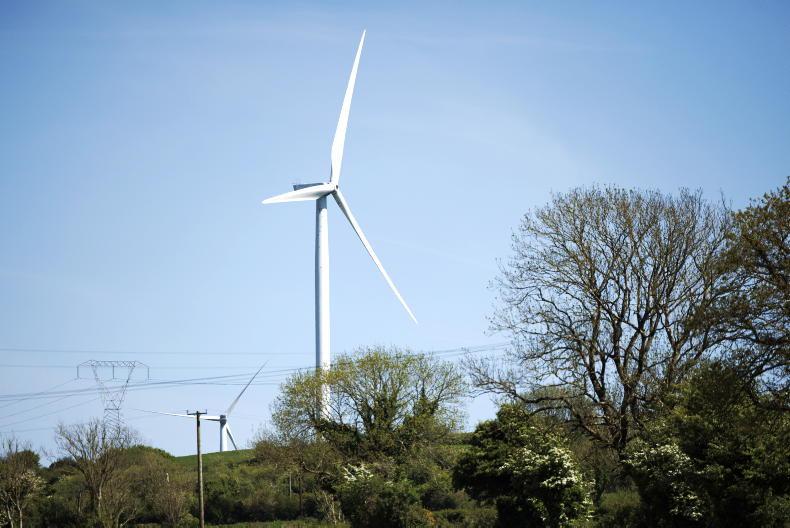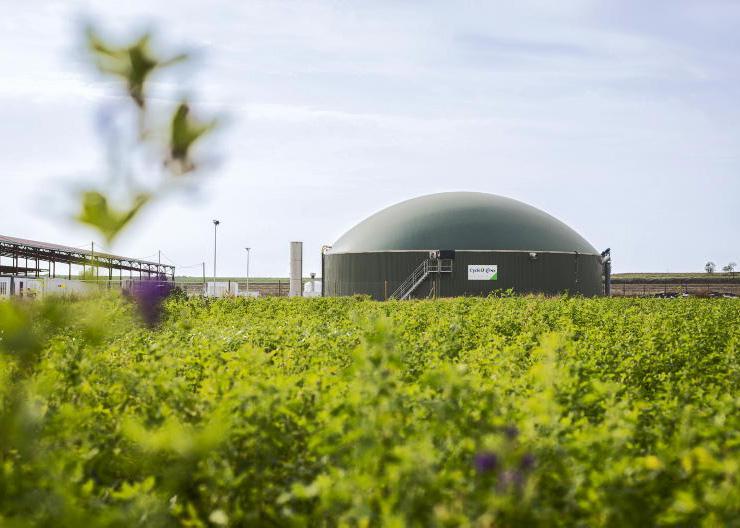On a recent visit to the country, European Commission president Ursula von der Leyen said Ireland is on its way to becoming a clean energy superpower in the EU. While we may be on the way, our current renewable energy generation figures are nothing to be proud off.
Ireland is committed to a 34.1% renewable energy target by 2030 under the National Energy and Climate Plan (NECP). This alone is a considerable challenge. However, according to the Department for the Environment, Climate and Communications, this is likely to be increased even further to reflect the EU’s recently increased target of 40% by 2030.
The latest official figures from the Sustainable Energy Authority of Ireland (SEAI) show that in 2021, 12.5% of our total energy came from renewable sources. Over 86% came from oil, coal, gas and peat.
When compared with other EU member states, we ranked fourth last for renewable energy generation. To put this in context, Sweden leads the way with around 60% of its energy coming from renewables in 2021.
In 2020, we had a legally binding target for 16% of our energy to come from renewable sources. Our final figure for the year came to 16.16% but the Government had to purchase statistical transfers from other member states in order to meet that target.
Electricity
Ireland has set a target of up to 80% renewable electricity by 2030. In 2020, 42% of all electricity used in Ireland came from renewable sources but this dropped to 36.4% in 2021.
When official SEAI 2022 figures are published, we expect this figure to be relatively similar to 2021 but most in the industry remain optimistic that we will meet our 2030 target. It’s worth remembering that, in 2020, we had a legally binding target of 40% renewable electricity which we just about managed to meet.
Heat
Ireland has a renewable heat target of 12% by 2030, which is also likely to increase as part of the Renewable Energy Directive III negotiations. The current target remained unchanged from our 2020 targets.
In 2021, just 5.2% of our heat supply came from renewables. The upcoming Renewable Heat Obligation scheme is expected to play a key role in increasing the share of renewables in the heat sector.
Transport
The Government plans to reduce emissions in the transport sector by 50% by 2030 and achieve net-zero emissions by 2050. In 2021, just 4.3% of fuels used in the transport sector came from renewables, well short of our 2020 target of 10%.
As the above figures show, Ireland does not have a good track record for renewable energy, only meeting legally binding 2020 targets through a technicality. One could argue that Ireland hasn’t really taken renewables seriously until relatively recently.
Credit
The State’s flagship Renewable Electricity Support Scheme (RESS), which has been central to the funding of many of Ireland’s 170 new wind and solar farms over the past three years, is something that the current Government takes great pride in.
The design of the scheme has been very effective and represents good value for money for consumers, so much so that this scheme is now set to support the development of Ireland’s enormous offshore wind potential.
It’s worth remembering, however, that this scheme was approved in 2019, when Richard Bruton was Minister for Communications, Climate Action and Environment.
The current Government has set some colossal targets for renewable energy development but let’s look at the number of practical successes it has achieved in its term so far.
The launch of the microgeneration support scheme, which allowed consumers, businesses and farmers to sell electricity back to the grid, could be hailed as a success, although this is already commonplace across much of the EU and was in development for many years.
We hear a lot about Ireland’s offshore wind potential and we now have a firm timeline of when the first support auction for offshore wind developers (ORESS) will take place. However, Ireland’s offshore wind industry is plagued with inefficiencies in planning and challenges with connection capacities. Many question if we will actually meet our 7,000MW of offshore target by 2030.
Arguably, the Government’s biggest success so far was the removal of the requirement for planning permission for solar PV systems in most areas, a move which was accelerated by Europe’s energy emergency last year.
Furthermore, the soon-to-be-introduced 60% grant rate for solar panels for farmers will genuinely be a game changer.
So, there has been some successes in the renewable electricity industry, but what about heat? In terms of homes and commercial buildings, the Government’s key strategy is to electrify heat through heat pumps. For many, however, that’s simply not possible, especially for high-temperature industrial heat. That’s were biomass and biomethane comes in.
The Government set a target of 20 large-scale anaerobic digestion (AD) plants or 1TWh (1.7% of Ireland’s gas demand) of biomethane production by 2025. In order to achieve this, it plans to introduce a renewable heat obligation (RHO) in 2024, which will mandate suppliers of all fuels in the heat sector to ensure that a certain proportion of the energy supplied is renewable.
Biomethane is likely to be the go-to fuel for suppliers to meet their obligation.
However, the AD community argues that this obligation is not enough to stimulate the development of an AD industry.
In the absence of a support scheme or capital grants being launched in the coming months, this target simply won’t be met.
Moreover, the challenge of navigating an AD plant through the planning system in Ireland is proving difficult-to-impossible for some of the early movers in the industry.
As for biomass, with the exception of Bord na Móna’s commitment to source biomass for forestry and Willow Warm’s ambition to increase its tonnages, it seems that, for many, energy crops such as willow and miscanthus are set to be confirmed to the history books as a viable diversification option for farmers.
Ireland has a long way to go if it is to become a clean energy superpower in the EU. While there have been many positive developments in renewable energy over the past two years, we are still only scratching the surface.
The development of new zoned “go-to areas” for renewable energy projects may help to overcome the long lead-in times for planning but it remains unclear how this will work in reality.
Securing an appropriate electricity or gas grid connection will remain a challenge for all projects and this will likely continue far into the future.
Finally, Government-backed support schemes are vital for kickstarting a vibrant renewable energy industry.
Small-scale projects
RESS has successfully achieved this for large-scale projects.
The industry now waits with bated breath to see what schemes come along for smaller-scale projects, ones in which farmers can actually participate.









SHARING OPTIONS